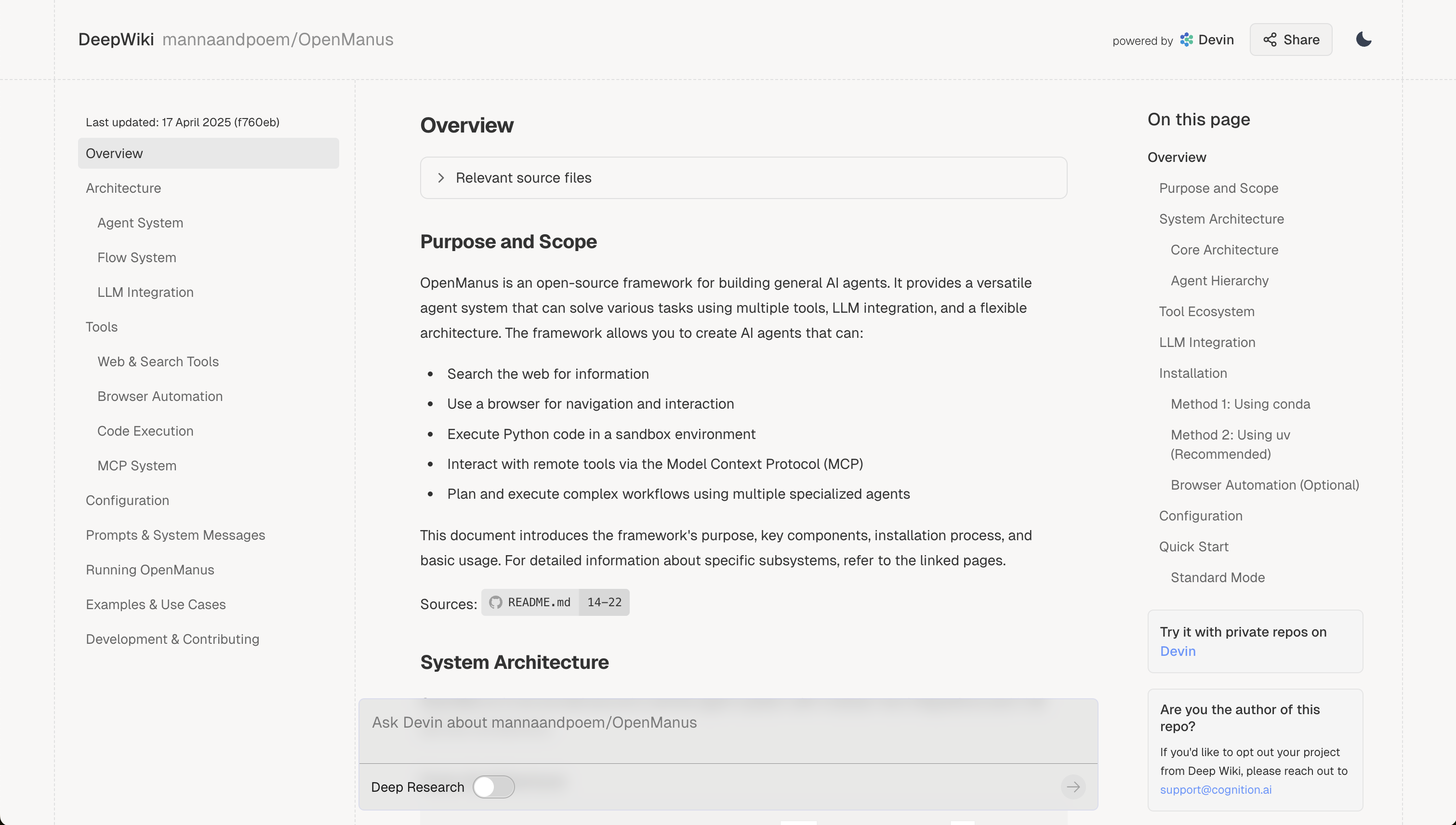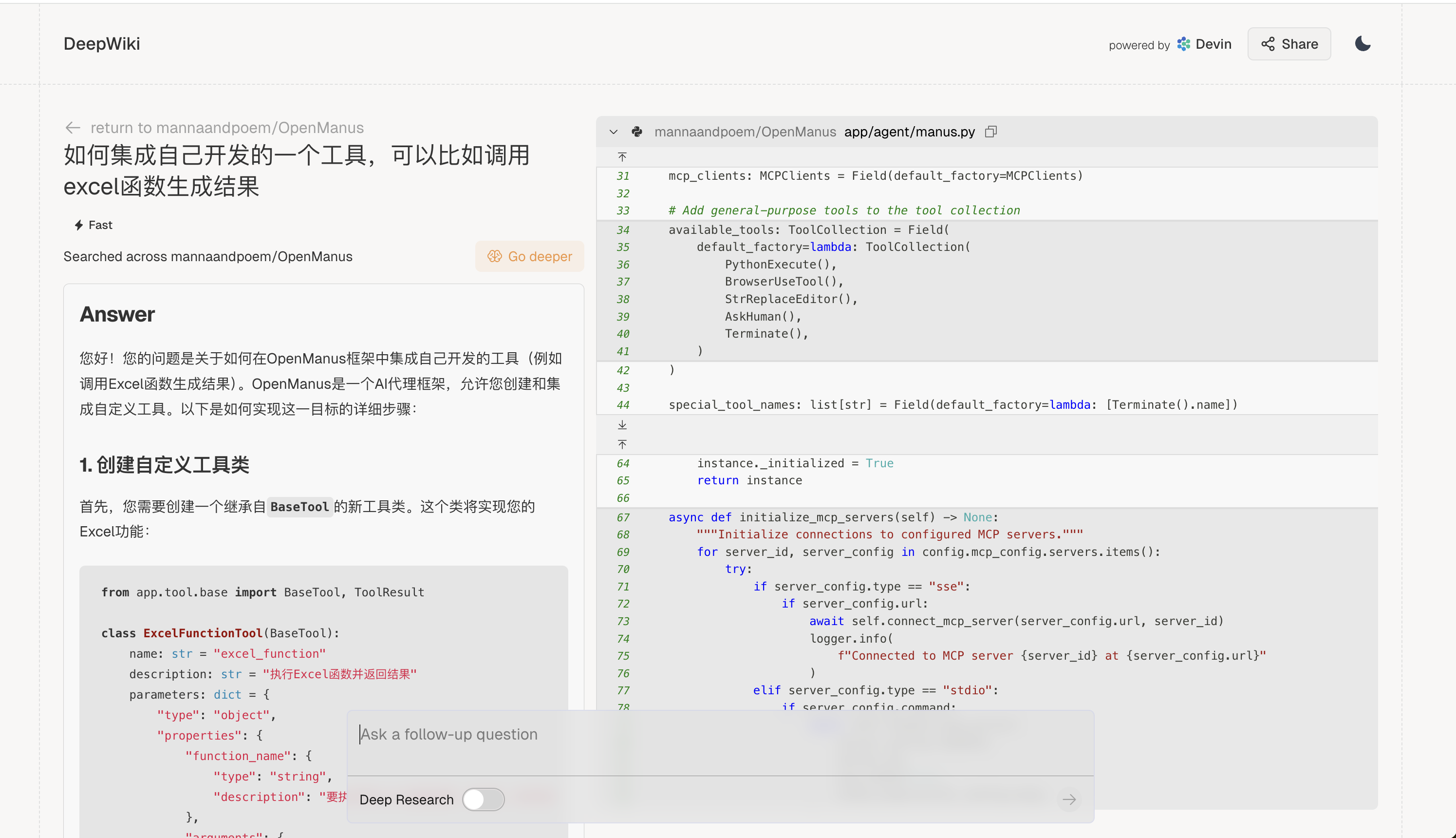简单介绍下mcp是什么
在大模型的演进过程中,mcp是个对于使用者非常有用的一个协议或者说工具,Model Context Protocol (MCP) 是一种专为大型语言模型和 AI 系统设计的通信协议框架,它解决了 AI 交互中的一个核心问题:如何有效地管理、传递和控制上下文信息。打个比方,如果把 AI 模型比作一个智能助手,那么 MCP 就是确保这个助手能够”记住”之前的对话、理解当前问题的背景,并按照特定规则进行回应的通信机制。
MCP 的工作原理
基本结构
MCP 的基本结构可以分为三个主要部分:
- 上下文容器 (Context Container):存储对话历史、系统指令和用户背景等信息
- 控制参数 (Control Parameters):调节模型行为的设置,如温度、最大输出长度等
- 消息体 (Message Body):当前需要处理的输入内容
┌─────────────────────────────────┐
│ MCP 请求/响应结构 │
├─────────────────────────────────┤
│ │
│ ┌─────────────────────────┐ │
│ │ 上下文容器 │ │
│ │ ┌─────────────────┐ │ │
│ │ │ 对话历史 │ │ │
│ │ └─────────────────┘ │ │
│ │ ┌─────────────────┐ │ │
│ │ │ 系统指令 │ │ │
│ │ └─────────────────┘ │ │
│ │ ┌─────────────────┐ │ │
│ │ │ 用户背景 │ │ │
│ │ └─────────────────┘ │ │
│ └─────────────────────────┘ │
│ │
│ ┌─────────────────────────┐ │
│ │ 控制参数 │ │
│ └─────────────────────────┘ │
│ │
│ ┌─────────────────────────┐ │
│ │ 消息体 │ │
│ └─────────────────────────┘ │
│ │
└─────────────────────────────────┘
实操
首先基于start.spring.io创建一个springboot应用,需要springboot的版本3.3+和jdk17+
然后添加maven依赖1
2
3
4
5
6
7
8
9
10<dependency>
<groupId>org.springframework.ai</groupId>
<artifactId>spring-ai-starter-mcp-server</artifactId>
<version>1.0.0-M8</version>
</dependency>
<dependency>
<groupId>org.springframework</groupId>
<artifactId>spring-web</artifactId>
<version>6.1.12</version>
</dependency>
我们就可以实现一个mcp的demo server1
2
3
4
5
6
7
8
9
10
11
12
13
14
15
16
17
18
19
20
21
22
23
24
25
26
27
28
29
30
31
32
33
34
35
36
37
38
39
40
41
42
43
44
45
46
47
48
49
50
51
52
53
54
55
56
57
58
59
60
61
62
63
64
65
66
67
68
69
70
71
72
73
74
75
76
77
78
79
80
81
82
83
84
85
86
87
88
89
90
91
92
93
94
95
96
97
98
99package com.nicksxs.mcp_demo;
import com.jayway.jsonpath.JsonPath;
import org.springframework.ai.tool.annotation.Tool;
import org.springframework.ai.tool.annotation.ToolParam;
import org.springframework.stereotype.Service;
import org.springframework.web.client.RestClient;
import java.util.List;
import java.util.Map;
public class WeatherService {
private final RestClient restClient;
public WeatherService() {
this.restClient = RestClient.builder()
.baseUrl("https://api.weather.gov")
.defaultHeader("Accept", "application/geo+json")
.defaultHeader("User-Agent", "WeatherApiClient/1.0 (your@email.com)")
.build();
}
public String getWeatherForecastByLocation(
double latitude, // Latitude coordinate
double longitude // Longitude coordinate
) {
// 首先获取点位信息
String pointsResponse = restClient.get()
.uri("/points/{lat},{lon}", latitude, longitude)
.retrieve()
.body(String.class);
// 从点位响应中提取预报URL
String forecastUrl = JsonPath.read(pointsResponse, "$.properties.forecast");
// 获取天气预报
String forecast = restClient.get()
.uri(forecastUrl)
.retrieve()
.body(String.class);
// 从预报中提取第一个周期的详细信息
String detailedForecast = JsonPath.read(forecast, "$.properties.periods[0].detailedForecast");
String temperature = JsonPath.read(forecast, "$.properties.periods[0].temperature").toString();
String temperatureUnit = JsonPath.read(forecast, "$.properties.periods[0].temperatureUnit");
String windSpeed = JsonPath.read(forecast, "$.properties.periods[0].windSpeed");
String windDirection = JsonPath.read(forecast, "$.properties.periods[0].windDirection");
// 构建返回信息
return String.format("Temperature: %s°%s\nWind: %s %s\nForecast: %s",
temperature, temperatureUnit, windSpeed, windDirection, detailedForecast);
// Returns detailed forecast including:
// - Temperature and unit
// - Wind speed and direction
// - Detailed forecast description
}
public String getAlerts( String state) {
// 获取指定州的天气警报
String alertsResponse = restClient.get()
.uri("/alerts/active/area/{state}", state)
.retrieve()
.body(String.class);
// 检查是否有警报
List<Map<String, Object>> features = JsonPath.read(alertsResponse, "$.features");
if (features.isEmpty()) {
return "当前没有活动警报。";
}
// 构建警报信息
StringBuilder alertInfo = new StringBuilder();
for (Map<String, Object> feature : features) {
String event = JsonPath.read(feature, "$.properties.event");
String area = JsonPath.read(feature, "$.properties.areaDesc");
String severity = JsonPath.read(feature, "$.properties.severity");
String description = JsonPath.read(feature, "$.properties.description");
String instruction = JsonPath.read(feature, "$.properties.instruction");
alertInfo.append("警报类型: ").append(event).append("\n");
alertInfo.append("影响区域: ").append(area).append("\n");
alertInfo.append("严重程度: ").append(severity).append("\n");
alertInfo.append("描述: ").append(description).append("\n");
if (instruction != null) {
alertInfo.append("安全指示: ").append(instruction).append("\n");
}
alertInfo.append("\n---\n\n");
}
return alertInfo.toString();
}
// ......
}
通过 api.weather.gov 来请求天气服务,给出结果
然后通过一个客户端来访问请求下1
2
3
4
5
6
7
8
9
10
11
12
13
14
15
16
17
18
19
20
21
22
23public static void main(String[] args) {
var stdioParams = ServerParameters.builder("java")
.args("-jar", "/Users/shixuesen/Downloads/mcp-demo/target/mcp-demo-0.0.1-SNAPSHOT.jar")
.build();
var stdioTransport = new StdioClientTransport(stdioParams);
var mcpClient = McpClient.sync(stdioTransport).build();
mcpClient.initialize();
// McpSchema.ListToolsResult toolsList = mcpClient.listTools();
McpSchema.CallToolResult weather = mcpClient.callTool(
new McpSchema.CallToolRequest("getWeatherForecastByLocation",
Map.of("latitude", "47.6062", "longitude", "-122.3321")));
System.out.println(weather.content());
McpSchema.CallToolResult alert = mcpClient.callTool(
new McpSchema.CallToolRequest("getAlerts", Map.of("state", "NY")));
mcpClient.closeGracefully();
}
这个就是实现了mcp的简单示例,几个问题,要注意java的多版本管理,我这边主要是用jdk1.8,切成 17需要对应改maven的配置等


